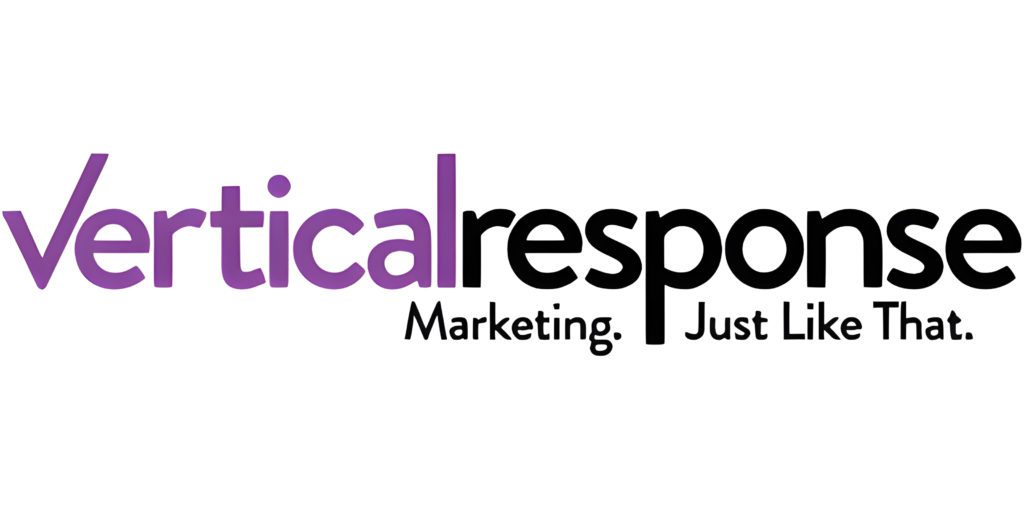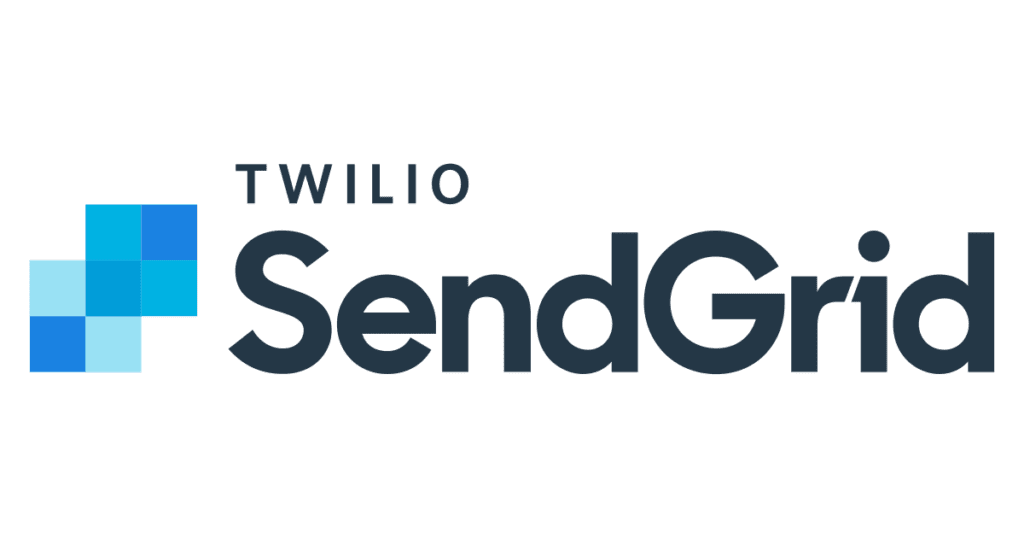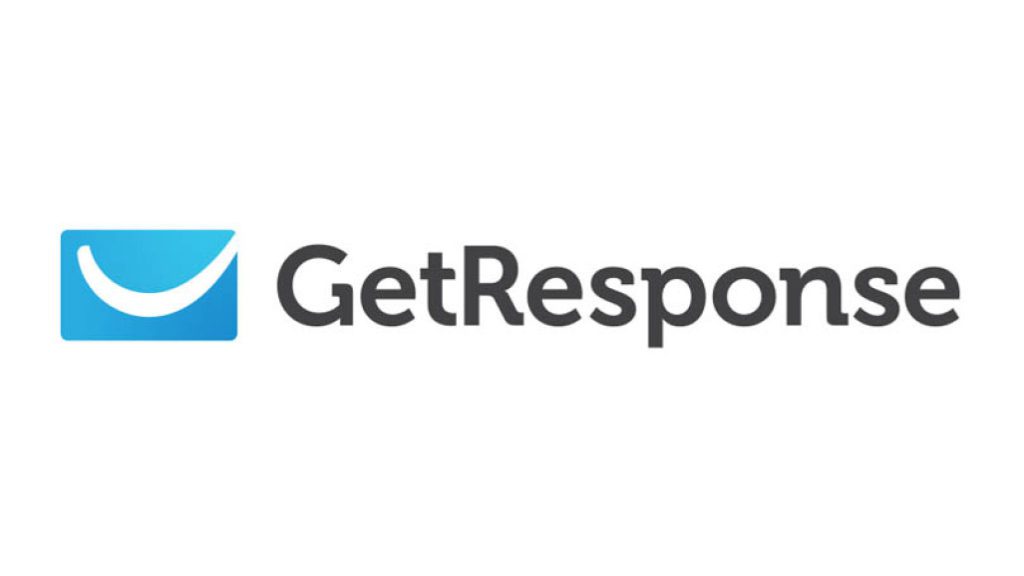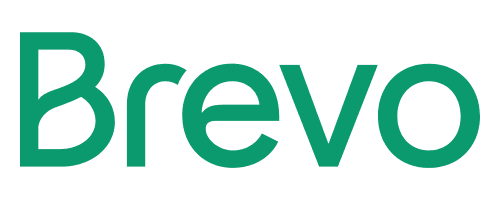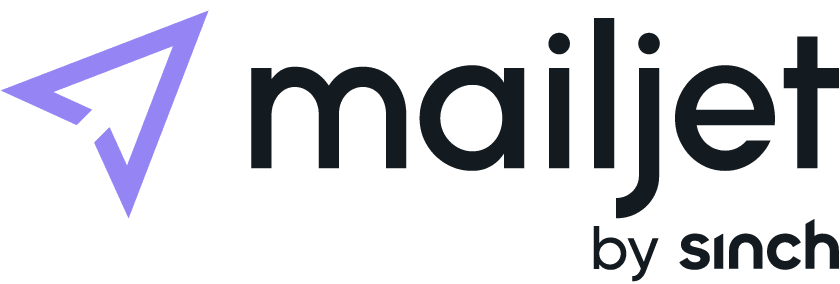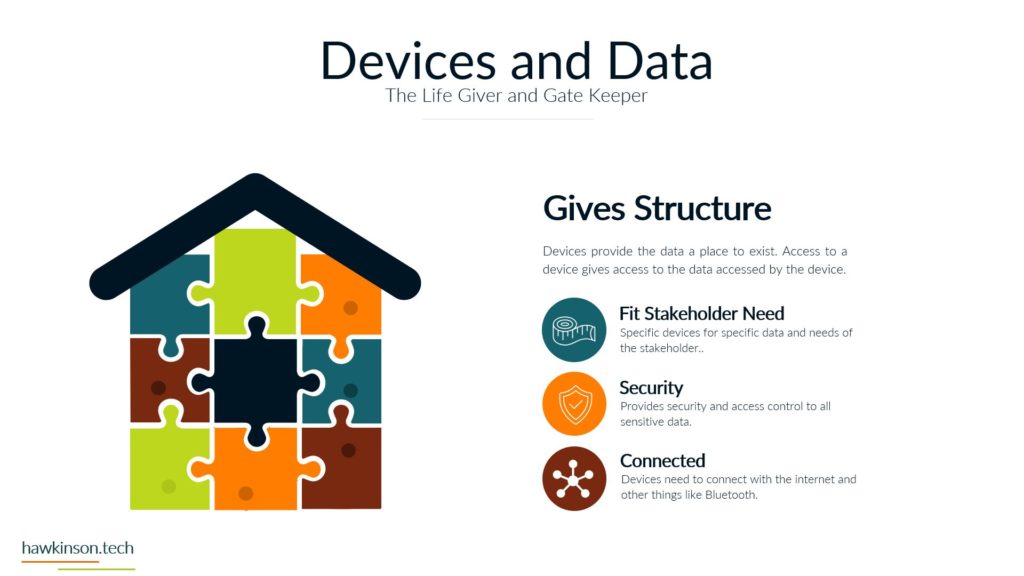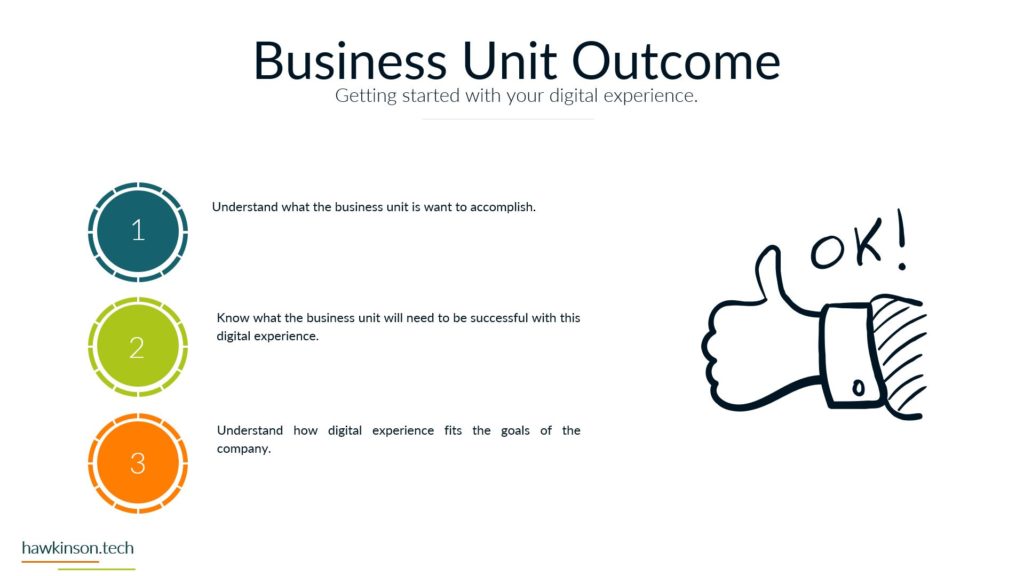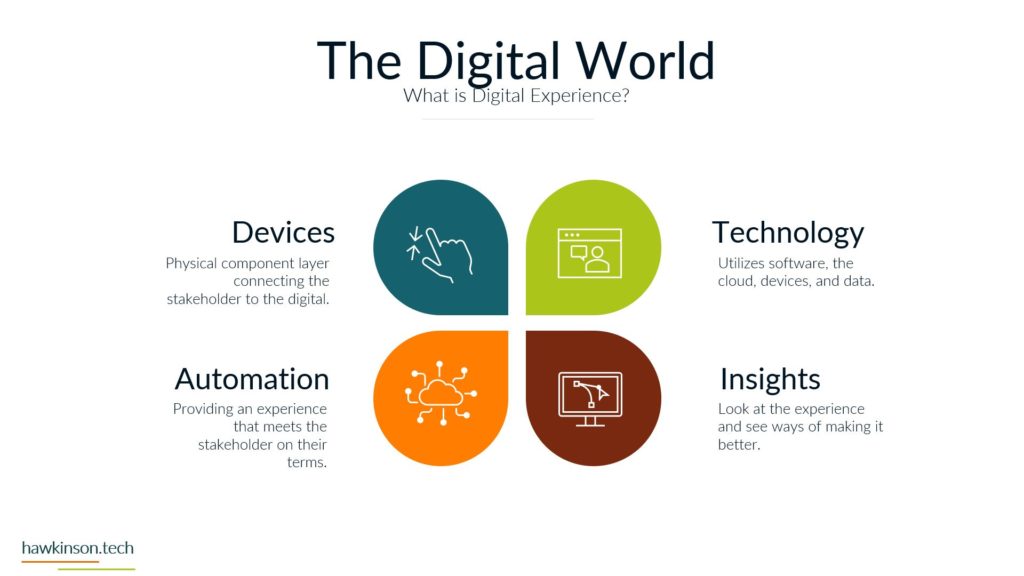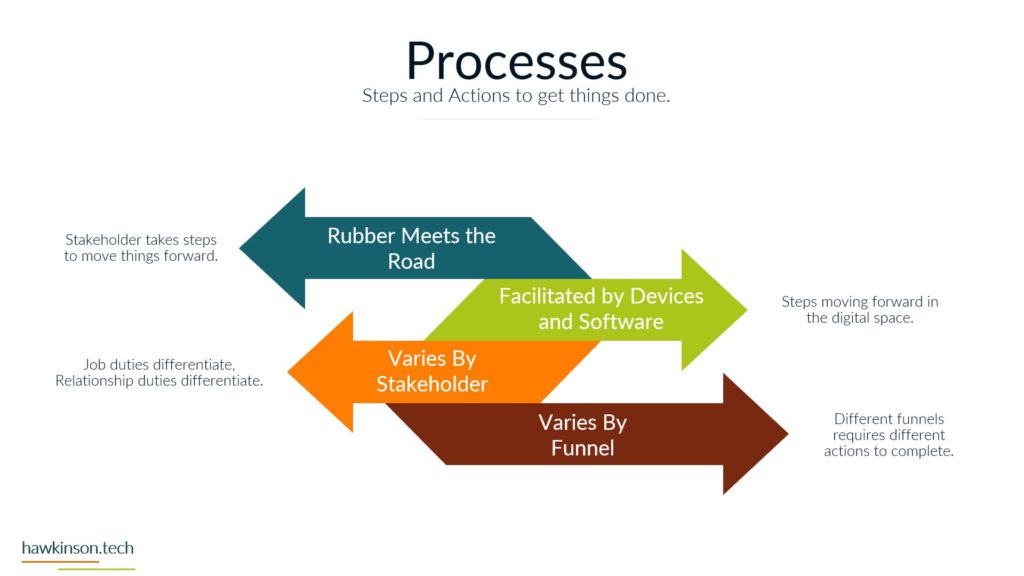In the 21st century, all businesses require a website to compete in the market. Whether photography, real estate, or e-commerce, websites have become integral to running a business. With over 98% of small businesses having a website, it is no longer only an option but a crucial step toward success. However, only some know how to build a website. Hence, we created a list of the best website builders to make setting up a website for your business easier.
Best Website Builders For Your Business
According to a survey, 56% of consumers said they do not trust businesses without a website. While not having a website isn’t as big of a hit if you are a well-known business, it is entirely different for small businesses. Understanding that is the first step to building a website. The second step is finding the best website builders to take care of all the other steps. Hence, below is a list of the top website builders for your business.
7. GoDaddy
GoDaddy isn’t a new website builder, but after some updates and improvements, it is slowly paving its way to becoming one of the best website builders. GoDaddy offers easy-to-use features that you don’t need to be an expert on. Moreover, GoDaddy includes digital business marketing tools such as e-marketing and social media management.
However, GoDaddy does not allow control over individual style elements on your website. Hence, you might be unable to customize your site however you like.
GoDaddy is an excellent option for anyone unfamiliar with the technicalities and jargon of website building and simplifies creating a business website. Moreover, GoDaddy has fantastic marketing tools that are beneficial for new businesses.
6. Jimdo
Jimdo is one of the earliest website builders, founded in 2007. Jimdo is a famous website builder for many who want to quickly set up a website without going into the details. Jimdo’s popularity stems from its ease of use. Jimdo asks you a series of questions and creates a functional website based on your answers. The powerful AI, Dolphin, will take a few minutes to meet your needs.
However, Jimdo does not offer great digital marketing strategies such as blogs. Moreover, it has limited Search Engine Optimization (SEO) features, which means you can not rely on Google searches for your traffic.
Hence, if you want to create a website for appearance’s sake but not make it your primary business platform, Jimdo is one of the best website builders you can use.
5. Webflow
Weebly is one of the best website builders for designers. Webflow offers users complete control over their business website design and simplifies it by not requiring any coding. Moreover, Webflow offers a range of features for content creation and updating. Moreover, Webflow is popular with freelancers that make websites for clients.
However, with greater control comes greater investment in terms of time. Users require significant time to understand and grip the features of Webflow and even more significant time to put them to use. Additionally, Webflow isn’t the best choice for an eCommerce website when better alternatives are available.
Webflow is the best website builder if you prefer more control over our website design and do not need exceptional knowledge of computer codes.
4. WordPress
When we talk about WordPress, we don’t mean WordPress.org, an advanced form of WordPress.com. Word Press.org requires more technical expertise and might take longer to build a website. If you want a more straightforward and quick version, you can choose WordPress.com.
WordPress is a website builder that helps significantly with content marketing, especially blogging. With over 40% of websites built on WordPress, it is an industry favorite. Moreover, it is a well-rounded platform for any business, including real estate and eCommerce.
Moreover, WordPress has plugins such as Elementor that can help you optimize your website and make the whole process easier. WordPress also offers security and maintenance features, which many website builders lack. Additionally, WordPress offers great flexibility in design, analytics, and content.
While WordPress offers many features but is more complicated than other CMS platforms. WordPress is geared towards a narrow range of users, those who aren’t beginners but aren’t experts.
WordPress is one of the best website builders for bloggers, freelancers, and small businesses that need to update their websites regularly and stay on top of the scoreboard.
3. Shopify
If yours is a product-oriented business, then Shopify is the best choice for you. Shopify has been the primary choice for business since it was founded in 2006 and is an excellent way of establishing an online selling website. Shopify has several sales and security tools and integrates multiple payment options.
Additionally, Shopify can help you handle your inventory, shipping options, promotions, and advertisements. It also has 1300 themes and 6600 plugins to help you customize your store.
However, with so many features, understanding Shopify can take time. For beginners, Shopify can be intimidating as website builders, but once they get the hang of it, they can create a great eCommerce website.
Shopify is perfect for eCommerce businesses and freelancers who rely on their websites for profit. However, if you want to add content such as blogs or articles, Shopify might not be the best.
2. SquareSpace
SquareSpace is one of the most popular website builders, with millions of websites on its platform. SquareSpace offers greater creative control than any other CMS and offers many features, including image and blog creation and eCommerce website features.
While SquareSpace is one of the best website builders, there might be better choices for some. SquareSpace offers limited navigation, so it is not the best for websites with more than thirty pages. Moreover, it also requires a more significant amount of time.
Despite their shortcomings, SquareSpace is an optimal CMS that can help small businesses create the best website if they are willing to invest the time. SquareSpace is perfect for businesses whose major deals depend on their website.
1. Wix
With more than 200 million users, Wix is our top choice of website builders. Wix offers one of the best features across the board, making it the perfect choice for all businesses and users. Moreover, Wix offers greater control over every feature of the website.
Wix has over 800 themes, smack business tools, customization, and drag-and-drop features, making it one of the top choices for a website builder. While Wix and SquareSpace are neck and neck in popularity, the choice between the two depends on what the users want.
However, Wix is not the least costly of the bunch, and small businesses just starting might find it an unnecessary expense.
Wix is one of the best website builders offering a range of design features and content creation facilities to allow your websites to rank first and get your business as much traffic as possible. If you do not want to leave anything up to chance and want to create the best website, Wix is the right choice for you.
To Sum Up
While there are too many website builders to count, only a handful of them is the best website builders available. However, the best website builder for your business might not be the best one for another. Hence, it is essential not to compare yourself with other businesses but to compare other website builders to choose one that fulfills your requirements.
While our top website builder choice was Wix for all types of business, SquareSpace is a close second. Moreover, Shopify is an excellent platform for eCommerce websites, and WordPress is great for content creation. The point is that every website builder in our list has features that make them the best website builders.











